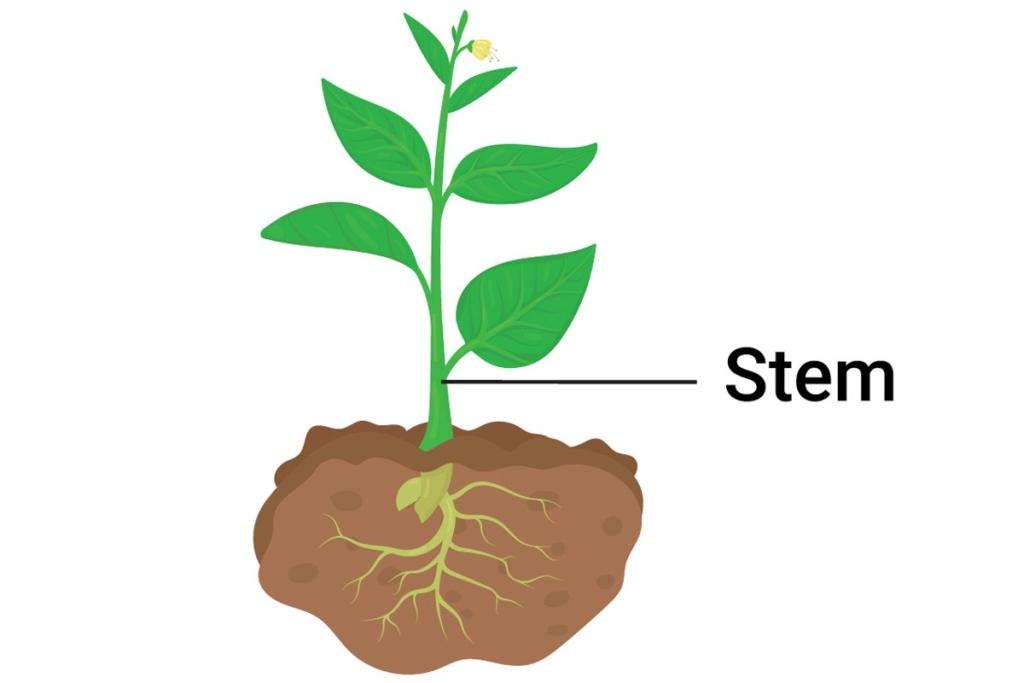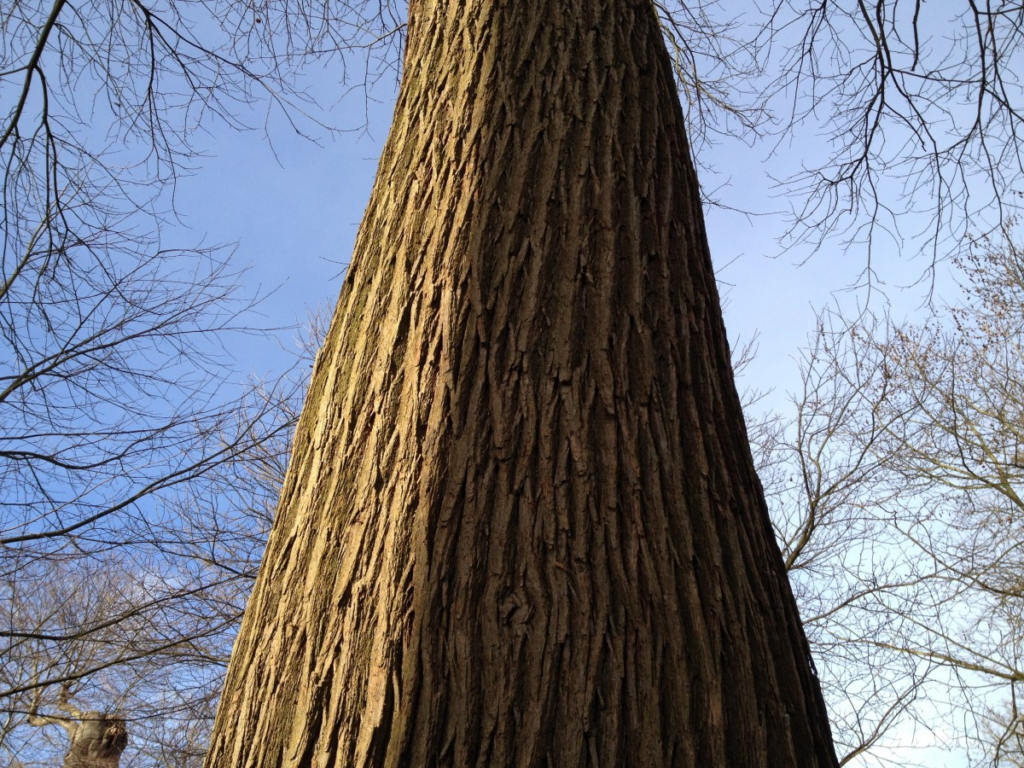The Stem
Key Notes :

What is a Stem?
- The stem is the part of a plant that supports the plant and holds it upright.
- It connects the roots to the leaves, flowers, and fruits.
Functions of the Stem:

- Support: Holds up leaves, flowers, and fruits to receive sunlight and air.
- Transport: Carries water and nutrients from the roots to other parts of the plant.
- Storage: Some stems store food and water, like sugarcane and potato.
Types of Stems:
- Soft and Green (Herbaceous Stems): Found in small plants like spinach.

- Hard and Woody: Found in trees and shrubs like mango and rose.

Special Features of Some Stems:
- Climbing Stems: Help plants like vines to climb.
- Modified Stems: Some stems become thorns or store food, e.g., cactus and ginger.
Importance of Stems:

- Provides support to the plant.
- Helps plants grow upward toward sunlight.
- Used as food by humans (e.g., sugarcane, potato).
Let’s practice!

